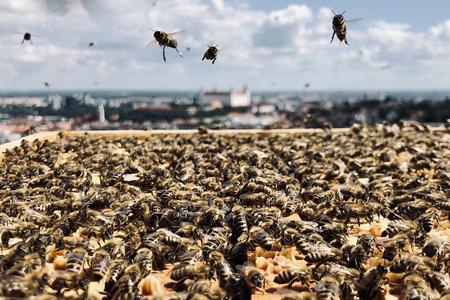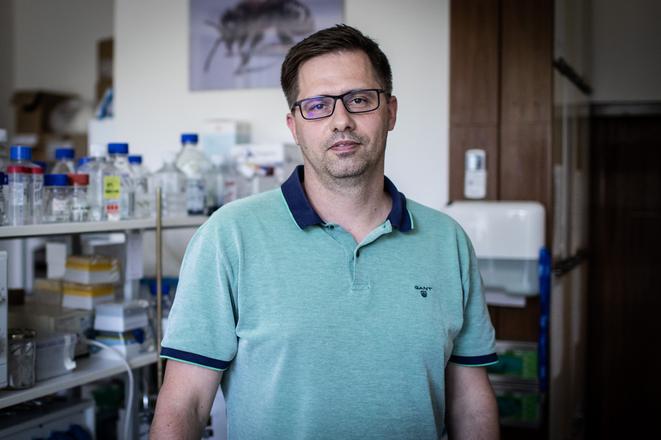Scientists from the Institute of Molecular Biology of the Slovak Academy of Sciences (SAV) have dedicated years to studying honey. Although the delicious substance is mostly used as a sweetener, it has a lot more to offer.
"Our laboratory is one of the leaders not only in Europe, but also in the world," says molecular biologist JURAJ MAJTÁN. Along with his colleagues, he studies the effects of honey on wounds as well as its antibacterial properties.
The laboratory you work in has developed a method for determining the antibacterial effects of honey. What can you say about this?
The antibacterial activity of honey is both its best known and its most scientifically studied biological property. In New Zealand and Australia scientists have developed a similar method for determining the antibacterial potential of honey, but they have focused mainly on a specific type of flower honey called manuka. Its antibacterial activity functions differently when compared to honey from Europe or the USA. Since we have studied antibacterial activity for more than 15 years, we have developed and optimized our own method.

Can the method be used on any kind of honey?
It is suitable for testing honey of any botanical origin or even state, whether liquid or crystallized. The method is a complementary one and determines the added value of honey. More discerning consumers who consider honey to be a so-called functional food [a food with a positive effect on health beyond nutrition – ed. note] currently use manuka honey, with its stated antibacterial activity. However, in Slovakia we too have high quality honey with the same – or, in some cases, even higher – antibacterial activity. Therefore, we consider this method necessary to support the biological functionality of honey.
Why is it important to assess the antibacterial activity of honey?



 Slovak scientist Juraj Majtán studies honey and bees. (source: SME - Jozef Jakubčo)
Slovak scientist Juraj Majtán studies honey and bees. (source: SME - Jozef Jakubčo)